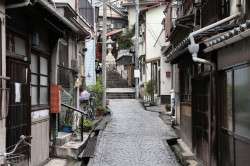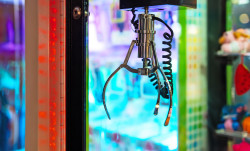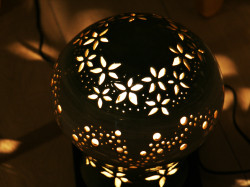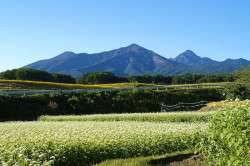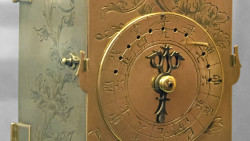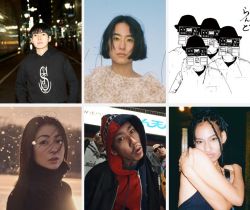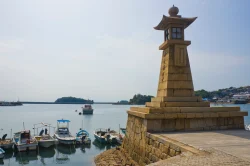
Originally published on metropolis.co.jp on May 2011

Tracey Taylor & Dee Green - 37 Frames
When studying Asian Culture at Waseda University I discovered that history wasn’t taught accurately in Japan. Textbooks did not use the word “invasion” when they talked about Japanese history in East Asia. As a 23-year-old I was surprised and angry—if we can’t learn history properly how can we get along in our region, with young people whose country was invaded by our grandparents? I decided if the government wouldn’t tell us the truth we’d organize a trip to visit the other countries and learn through interpersonal relationships.
What was it like when it started?
In the 1980s, Peace Boat only traveled in East Asia, with 200 young Japanese going two weeks a year. When the Cold War ended, we started a world cruise to connect with more places. Since 1999, we’ve been going three or four times a year. The 73rd cruise is about to start, with 200 volunteers and 900 passengers. The aim of the cruise is to create dialogue and local community projects in each port of call, to give humanitarian support, organize peace events and more.
How has Peace Boat been received?
In 2008 we were nominated for a Nobel Peace Prize but unfortunately we lost out to Obama… We’ve also been appointed special consulting status by UN ECOSOC.
What has been the impact?
It’s not been enough, but at least we have shown that Japan can contribute to peace— and help build a sustainable society—around the world. Human security is a big international issue right now and our work and support of Article 9 [the “peace clause” in the Japanese constitution] can help to globally raise the level of human security.
How has Peace Boat been helping since March 11?
A few days after the earthquake we were sending 150-200 volunteers to Ishinomaki per week, and to date we have sent more than 600. The tasks include takidashi food runs and what we call “mudbuster.” The tsunami covered everything in mud: the inside of the houses, photo albums, clothes, everything. Television cannot possibly convey the reality. I have been there three times to work with the volunteers. But we are not planning to send volunteers forever. We aim to help the local community achieve self-sufficiency within two years.
What lies in the future for Peace Boat?
We want to work more with educational institutions for children and adults. March 11 taught us an important lesson. We have to prepare for natural disasters, but we also cannot depend on current energy systems. We have to pursue ecological and efficient energy sources.
Also, the next cruise will tour an exhibition of Ishinomaki—what has happened, the current work and local people’s lives. We want to thank everyone in the world who has supported Japan. But natural disasters don’t only happen here. All over the world people suffer from such disasters. The only way to protect ourselves is to collaborate beyond borders. And this kind of cooperation also builds confidence between communities, which ultimately helps to build peace.
For more info see www.peaceboat.org. To donate online via Peace Boat go to http://bit.ly/peaceboat_relief.
